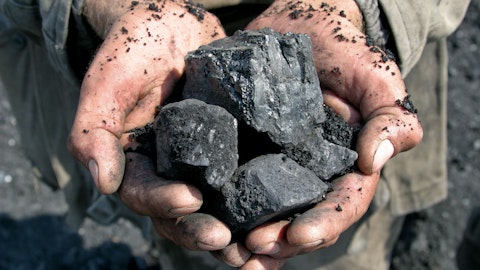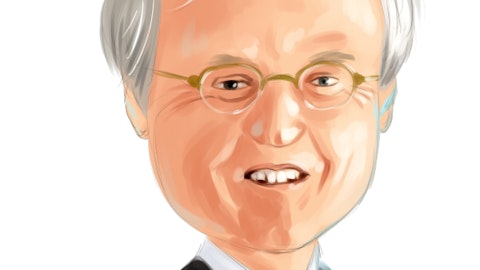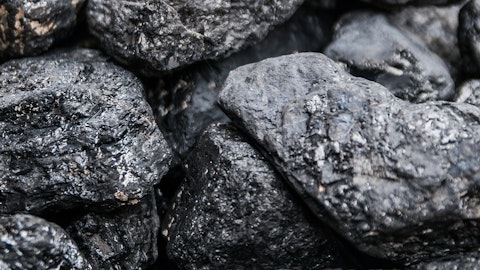Kevin Tracey: Okay. And then a related question to that is I think that next capacity auctions coming up in April for the year starting June of 2023. So just given that, I guess, what you just said, kind of the lack of coal supply at least for the second half of 2023. Does that kind of prohibit Merom to enter into that capacity auction for the €“ well, what, I think it’s 68% of the capacity that you’re not selling to Hoosier under the PPA? Or is there a way, well, you can partially participate for the months in 2024 when Oaktown can ensure coal supply?
Brent Bilsland: Yes, twofold. One, we do believe we have enough coal procured to meet our requirements. We also are working on, as I said earlier in the call, increasing our coal production. So that’s another way we can put more fuel to the plant. We can acquire fuel from other third parties and those are all things that are on the table. But we think we can fully participate in the capacity auctions in markets in future years, 2023 and 2024 and beyond.
Kevin Tracey: Okay, great. And just to confirm this kind of $39 million of advanced capacity payments from Hoosier, there is no cost or cash cost associated with that. Is there €“ and then you have the PPA for 100% of capacity through next May, but then 32% of capacity through 2025. And I guess should we expect under that PPA for Hoosier to pay more additional capacity payments in future years?
Brent Bilsland: Yes, they do pay future capacity payments in future years; some of those payments are in 2023. They are reduced because they’re buying less capacity. And, so €“ but I think we come back and say we still got capacity to sell. We have a lot of interest from other parties and capacity pricing to date is very good. So there is more retirement of generation in MISO that have an on switch and they’re being replaced in large part by generation that does not have an on switch. And so capacity continues to tighten and it is our viewpoint and belief that capacity becomes more valuable over time, not less valuable over time. And we think that those are comments that are also being echoed by MISO directly. If you read what they’re saying, I think they realize they’ve got a capacity shortfall in future years and they are trying to modify their auction process to incentivize the market to stop, slowdown retirements and speed up additions of capacity.
So we think from our perspective that gives €“ that puts us in a position where in most years a significant portion of capacity or a significant portion of our fixed cost of the plant can be covered by capacity payments. And if that holds true, then from our perspective, we kind of get a free option to put fuel to the plant or fuel to the public. Now, you’re right, I mean, we can’t put zero fuel to the plant, but we can vary that amount and if third party market is willing to pay a significant premium above what we think the power markets will bring. And as evidence of that, that’s what we did basically in the Q2 €“ we agreed to those contracts in Q2. We signed those contracts in Q3 to sell it to the market versus take it to the plant. We felt that that was the best risk adjusted return at that time that was available to us, so €“ and realized at that time we weren’t a 100% sure we were going to close on the plant.





